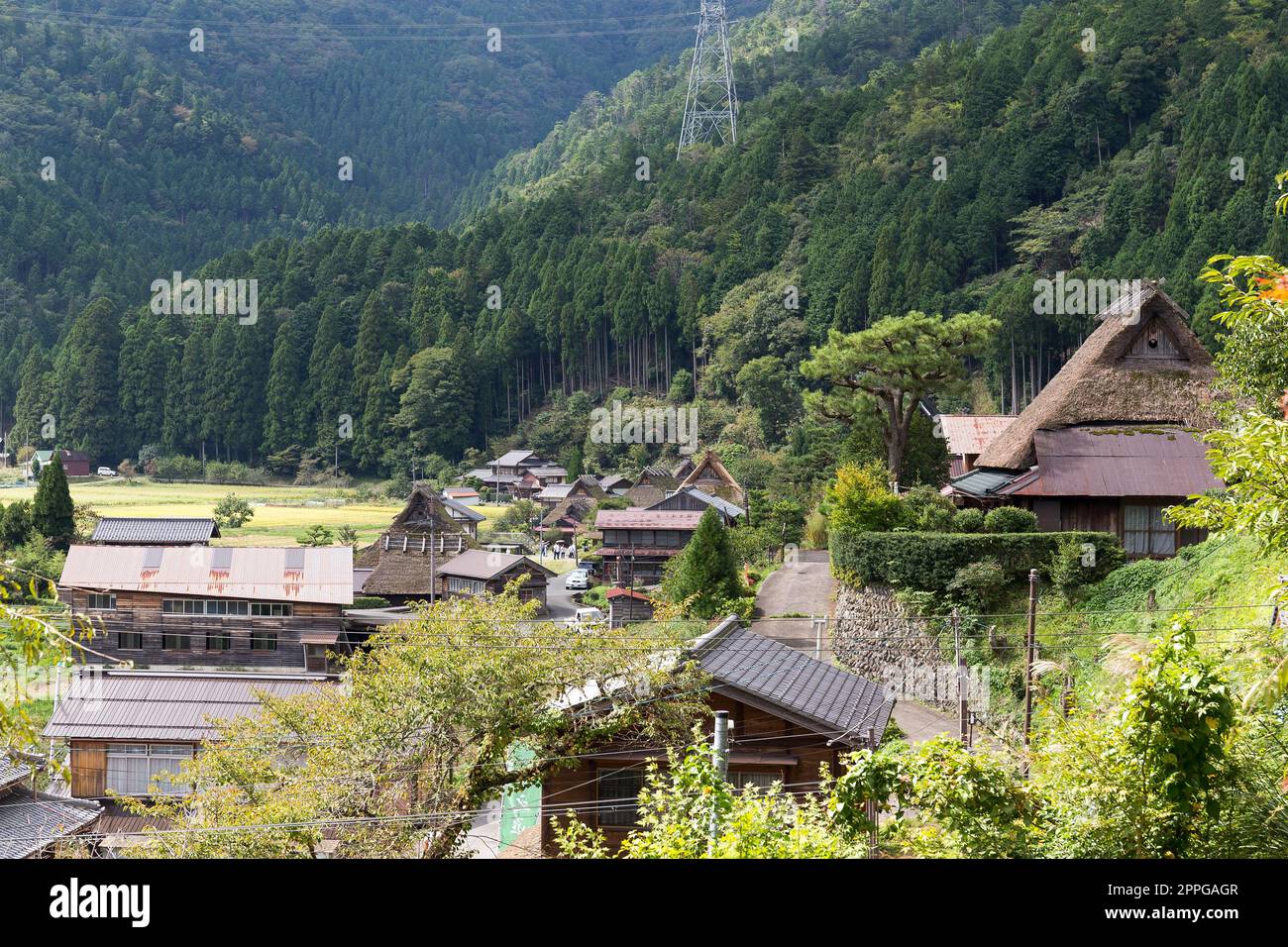
False thatched roof: Since reed or straw aren't the most practical roofing materials, a fake thatched roof can be made with modern materials.Thatched roof: A dense covering of harvested reed, rush, or straw was applied to roofs for insulation and also added to the homes' rustic charm.You won't find an English cottage with all of the following characteristics, but most have at least a few of these features The cottage style was phased out around World War II, after which postwar home builders promoted a whole new modern world. After 1920, the solid-stucco home-building technique was preferred leaving behind the half-stone/masonry and half-timber patterns. Voysey supported the use of stucco on wood framing for cladding in his Tudor designs. Designers emphasized the charms of a rugged and rustic lifestyle in the country.Īt the turn of the century, the architectural, furniture, and wallpaper designs of Charles Francis Annesley Voysey became extremely popular. Cotswold homes of the 1700s inspired Voysey's Tudor cottage designs of the early 20th century. One of the most popular, Downing's 1842-published Cottage Residences, introduced Picturesque architecture to homeowners and builders.

Styles often blended, with many using Gothic and Tudor architectural elements, which suggested Medieval roots.īefore universities trained architects, carpenters and craftspersons built homes by following plans outlined in illustrated books published by architects like Alexander Parris, Benjamin Henry Latrobe, and Alexander Downing. The cottages were rustic, in rural areas or small villages, and made with local materials and resources (Vernacular architecture). Initially, the Picturesque style was used to describe buildings or landscapes inspired by scenes depicted in then-contemporary paintings, like those of French masters Claude Lorrain or Nicolas Poussin. Larigan - Patricia Hamilton / Getty ImagesĬottages grew out of the Picturesque architectural movement of England and Europe, starting in the late 1700s. The Spruce Home Improvement Review Board.It’s also extremely important for anyone whose thatching is relatively thin, subject to gaps at areas of transition to other materials, or penetrable by outside air. Hot or cold roof insulation for thatched roofs?Ĭold roofs tend to be the best course of action for those who have no habitable use for the space between their ceiling and roof. Making the most of it is imperative to an ecologically efficient house. This may sound good, but insulation is consistently one of the most high impact, cost effective methods of cutting energy consumption.

Evidently there are a lot of variables, but as a rule of thumb you’d be looking at 0.2/m2k for 450mm of well maintained reed or 350mm of straw. Other factors include ventilation, pitch and moisture content. Overall, U values vary greatly according to thickness and density of the thatch, in fact depending on the materials, thickness and condition of the thatch, some thatched roofs can come close on their own to meeting modern standards for thermal insulation. This natural propensity to maintain thermal mass is what we in the biz call the U value, and at the height of it’s game a thatched roofs’ U value can be impressively high. Thatching creates air pockets within structure of the thatch that trap and hold heat, insulating a building in both warm and cold weather.


 0 kommentar(er)
0 kommentar(er)
